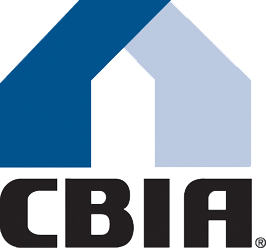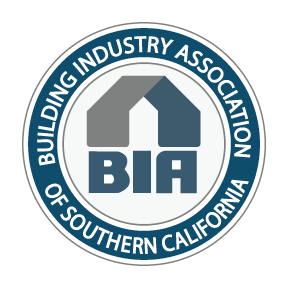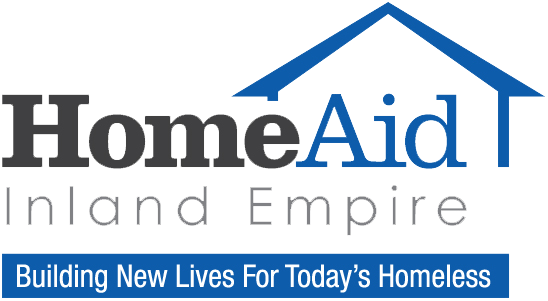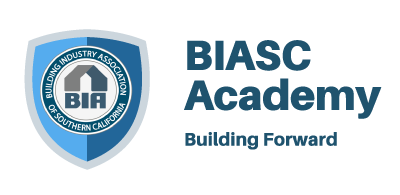ByAli Sahabi of Optimum Group, LLC
President, Building Industry Association (BIA) Baldy View Chapter
It is hard to believe now, but there was once a time here in the Baldy View region when homebuilding was a simple case of purchasing a plot of land, hiring a contractor and ordering a prefabricated home from a Sears, Roebuck & Company catalog that could be transported from the local train station to the site and built in a matter of weeks. From the Native American wikiups of pre-history through the mud-and-straw adobe homes of our mission and old west eras, homes were generally designed and primarily built to protect from the immediate dangers posed by the elements and local wildlife.
However, in the modern era, homes and the materials used to build them are designed to be considerably safer, heathier and far more durable than homes built earlier. That is why today, homes serve many more important purposes than merely protecting our families from wind and rain and the occasional intrusion by a mountain lion or a bear. Today’s home serves as both physical and financial shelter. Today the technological innovations in home design and materials serve as an important part of protecting our environment and conserving our precious resources. Today homebuilding and remodeling are key drivers supporting our communities, economies and public safety. Yet in the past few years, one key positive aspect of homeownership has come to light: the impact that homeownership has on children.
Homeownership is good for children.
Along with all of those other benefits, recent studies have concluded that children of homeowners are more likely to do well in school and be more successful as adults. According to “The Impact of Homeownership on Child Outcomes”, a study issued by the Harvard University Joint Center for Housing Studies, "children of homeowners have better home environments, higher cognitive test scores and fewer behavior problems".
The study found that homeownership leads to a 13 to 23 percent higher quality home environment and states “(t)he independent impact of homeownership combined with its positive impact on the home environment results in the children of homeowners achieving math scores up to nine percent higher and reading scores up to seven percent higher with reductions in children's behavior problems of up to three percent."
Homeowners tend to be more stable - on average, homeowners stay in their homes for about eight years while renters tend to relocate far more frequently. When companies seek to start up, relocate or expand their operations; one of their first considerations is to seek out stable local populations from which they can develop their workforces. Because homeowners are investors in their properties rather than merely tenants, studies indicate that they tend to be more involved with their communities - especially in their schools and civic leadership and activities.
All of this adds up to more stable communities that generate greater revenue streams which, in turn, results in more prosperous communities. According to the most recent “The State of the Nation’s Housing Crisis” released this month by the Joint Center, “… each year spent living in a low-poverty community increases the chances that a child will attend college and have higher lifetime earnings. In addition to these economic benefits, more inclusive communities benefit residents through safer and healthier environments, including improved air and water quality”.
No matter how you look at it, homeownership offers benefits that span the community from children to the economy at large. Homeownership the cornerstone of the American dream because for most Americans, homeownership is the primary source of net worth and an important step in accumulating personal financial assets over the long term. This is why America devotes an entire month to celebrating the benefits of homeownership every year in June.
For more information on remodeling homebuying or homeownership, visit www.biabuild.com on the web. And have a happy National Homeownership Month.

















